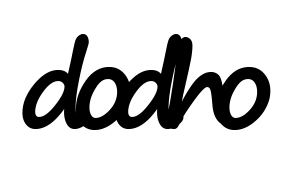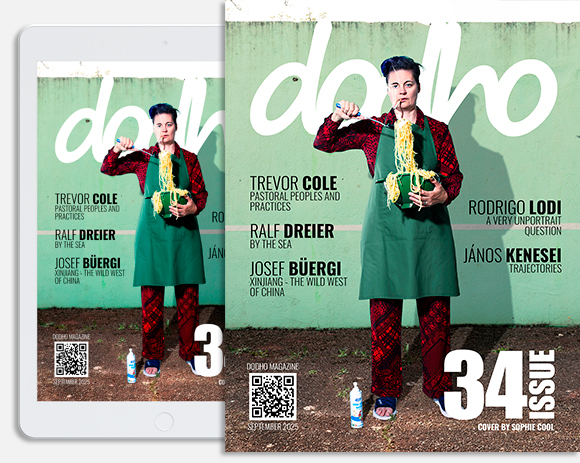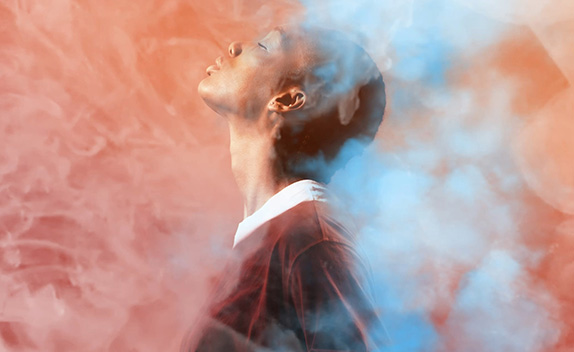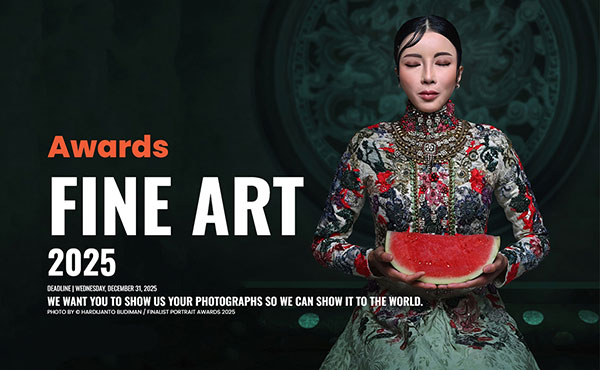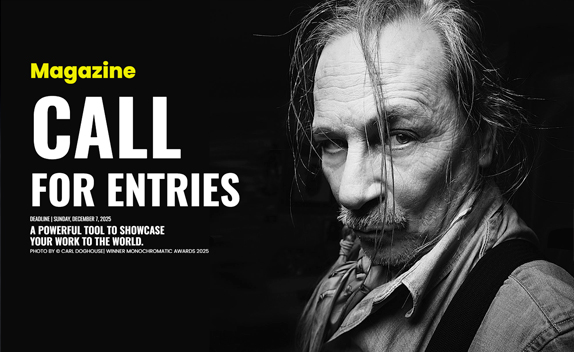Aghori, most terrifying and scary Indian ascetics. It’s said that they exist between life and death. They usually live close to the crematory grounds and use human bodies for their religious rituals.
They perform Puja sitting on the body and collect “human oil” from corpse fat. Aghori are scavengers – they eat human flesh – and this is why they are usually called “cannibals.”
The aim of the project is to immortalize a world that, although still existing today, is already a thing of the past and is inevitably becoming history. Traditions and ways of life are often cultivated only by the oldest and will pass away with them. In the era of globalization and the convergence of cultures, we can still find communities living in their original way, with rituals, thousand-year-old traditions, unusual customs, costumes, and architecture. The authors of the project wish to show this vanishing world through photography, but also with ethnographic publications.
The photographs are taken using a historical technique—the wet plate collodion. The anachronistic nature of the method is used on purpose—to show that the subject of the project is part of the past world, more suited to the period in which the photographic techniques used were invented and triumphed rather than to the present day. When looking at the photos, you can easily assume that they come from two centuries ago, which further emphasizes that the people photographed and their lives are relics of the past.
On the other hand, the project is a tribute to the first photographers documenting the world. People such as John Thompson, Edward S. Curtis, and Samuel Bourne can be called the first travel photographers, presenting the beauty and exoticism of the “distant world.” Their work required extraordinary effort, determination, and courage. The complicated photographic technique required moving around with a portable darkroom and working with hard-to-find chemicals. Reaching isolated communities was not only a huge logistical challenge but also often dangerous. The author of the project wants to repeat this challenge, which is often associated with no fewer difficulties than 150 years ago.
The main technique of the project—the collodion process, invented in 1851—requires direct access to the darkroom during photography. Therefore, such a darkroom should be mobile. The chemical solutions used in this technique are flammable and corrosive. This excludes air transport; getting to photographic locations requires travel by land or water. This often means transporting 70 to 90 kilograms of equipment to high mountains or into the middle of the jungle.
Technique
The collodion technique was invented by Frederic Archer in 1851 and is one of the first negative techniques. The image is created on glass or metal plates covered with a layer of collodion (a solution of guncotton, ether, and ethanol). The plates are sensitized in silver nitrate before taking the photo. As a result, photosensitive silver halides are created in the collodion.
The name “wet plate” comes from the fact that the entire process—from preparing the plate, through photographing and developing—must be performed while the collodion layer is wet. Depending on the temperature and humidity, the photographer has from 15 to 30 minutes. This necessitates having a photographic darkroom nearby.
About Jan Skwara
A photographer and traveler based in Poland. The winner of many international and national photography competitions, including National Geographic’s Grand Photography Contest, Leica Street Photo, Travel Photographer of the Year, Polish Sport Photography Contest, and a three-time winner of the ‘Frames from the World’ contest. He is distinguished in the fields of travel, portrait, documentary, and sports photography. His photos have been published in renowned media such as National Geographic, The Guardian, The Mirror, The Sun, and Digital Camera UK. He has also exhibited his work in both solo and group exhibitions, including “Black & White” Athens, “Photocrowd & Alamy Exhibition London,” “Podróże okiem Polaków,” “Poland – Contexts,” “Indian Mysteries,” and “Bangladesh – Reporter’s Eye.” Currently, he is working on a long-term project, ‘Portrait of the Past’, in which he documents disappearing cultures using historical photographic techniques, particularly the Wet Plate Collodion process. [Official Website]

